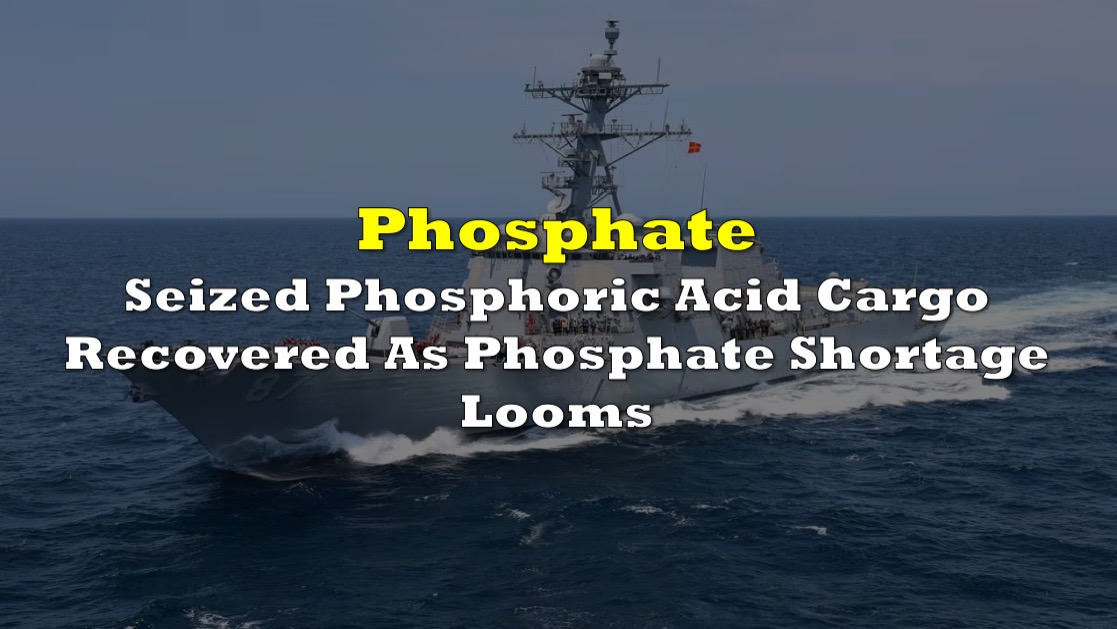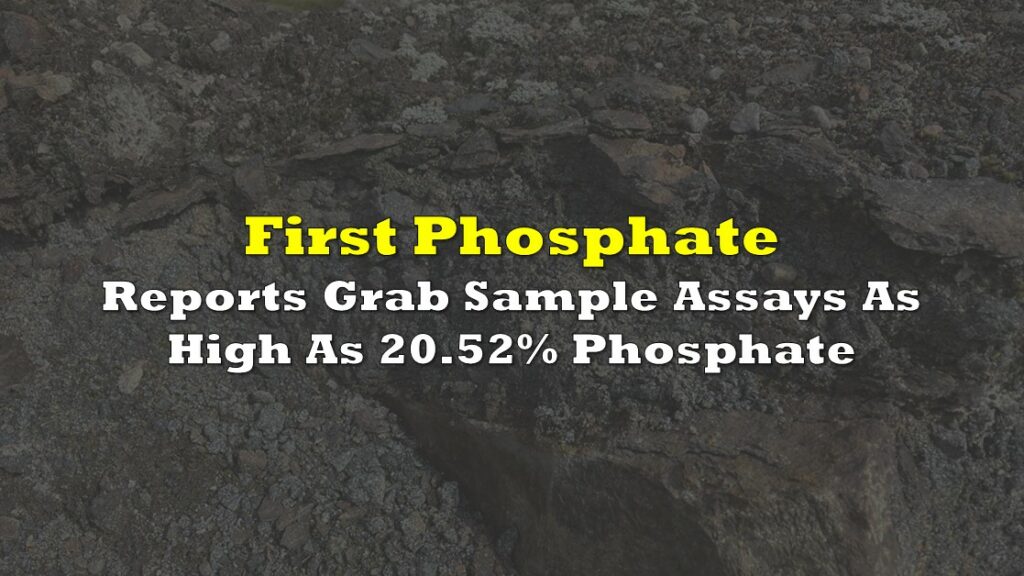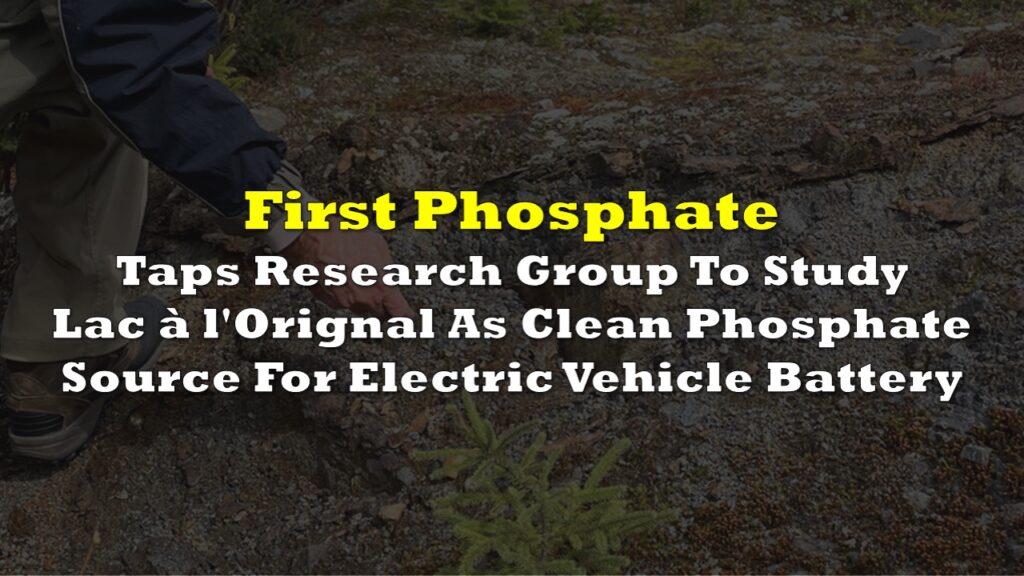A commercial tanker named Central Park, carrying phosphoric acid, was seized off the coast of Aden, Yemen, last Sunday. The distress call prompted a response from a U.S. Navy warship, USS Mason, which, with the assistance of allied ships, successfully intervened and secured the vessel. The attackers’ identities remain undisclosed.
Despite the ordeal, the U.S. military reported that the situation was brought under control after the USS Mason demanded the release of the commercial ship. Five armed individuals attempted to escape on a fast boat but were pursued and ultimately surrendered.
In an unrelated incident, two ballistic missiles were launched from Houthi-controlled areas in Yemen towards the USS Mason and Central Park. Fortunately, both missiles landed about 10 nautical miles away, causing no damage or injuries.
The Central Park, a chemical tanker managed by Zodiac Maritime Ltd, owned by Israel’s Ofer family, was involved in what the company described as a suspected piracy incident while crossing international waters, approximately 54 nautical miles off the coast of Somalia. The vessel, flagged under Liberia, was built in 2015 and owned by Clumvez Shipping Inc.
Zodiac Maritime emphasized the safety of the 22 crew members aboard, comprising individuals from Russia, Vietnam, Bulgaria, India, Georgia, and the Philippines. The company stated, “Our priority is the safety of our crew.” No immediate comment was received from Houthi officials.
The Maritime Trade Operations agency in the UK (UKMTO) acknowledged the incident and urged caution in southwest Aden. Meanwhile, the U.S. attributed unclaimed attacks in the region to Iran in recent years, an accusation Tehran has consistently denied.
Threatened phosphate demand
The attack on the phosphoric acid cargo had observers on edge at a time that demand for lithium-iron-phosphate (LFP) batteries is increasing.
To obtain various phosphate compounds, phosphoric acid is neutralized by adding a base such as ammonia, sodium hydroxide, or calcium hydroxide. This neutralization reaction results in the removal of acidic hydrogen ions from phosphoric acid, leading to the formation of different phosphate salts, depending on the specific base used.
Ensuring a stable supply of raw materials to meet the growing demand for batteries is anticipated to remain a prevailing trend in the upcoming years. Currently constituting approximately 5% of purified phosphoric acid (PPA) demand, the automotive sector is projected to account for 24% by 2030. To meet this escalating demand, the industry will need to explore and develop new sources of supply, as highlighted in Benchmark’s latest Phosphoric Acid Market Outlook.
The availability of phosphate rock is expected to remain sufficient, considering that 81% of the world’s total output comes from six countries, with major producers located in China and Morocco, including Guizhou Phosphate & Chemical Group (GPC) and OCP. However, for use in batteries, phosphate rock must undergo refining to achieve the necessary purity levels. The purification of phosphoric acid to meet food-grade standards or higher is crucial, as it eliminates heavy metals and facilitates the smooth flow of lithium ions between electrodes.
Currently, only 3% of the total phosphate product supply meets the refinement qualifications suitable for lithium-ion battery applications. Specifically, the production of food-grade PPA is required for LFP batteries, and the demand for this battery input has primarily been driven by applications in the food and industrial sectors.

At present, batteries utilize 10% of the produced PPA, while the remaining 90% is allocated for purposes such as fertilizer, animal feed, the food industry, and various other industries including electronics, pharmaceuticals, and fire safety. The global distribution of phosphate resources reveals that approximately 95% is located in heavy metal-laden sedimentary rock, while only 4% is situated in clean igneous carbonatite rock.
This recent attack follows the seizure of an Israeli-linked cargo ship by Yemen’s Houthis in the southern Red Sea last week, marking a series of attacks in Middle Eastern waters since the outbreak of hostilities between Israel and Hamas on Oct. 7.
In a related development, a container ship managed by an Israeli-controlled company faced a suspected drone attack in the Indian Ocean, causing minor damage. The ongoing conflict between Israel and Hamas has resulted in casualties, with hostages released after a delay related to aid delivery disputes.
As the situation unfolds, maritime security remains a significant concern, with vessels such as the Central Park and others facing threats amid the complex geopolitical landscape of the region.
Information for this story was found via Benchmark Source, Mining.com, and the sources mentioned. The author has no securities or affiliations related to the organizations discussed. Not a recommendation to buy or sell. Always do additional research and consult a professional before purchasing a security. The author holds no licenses.






